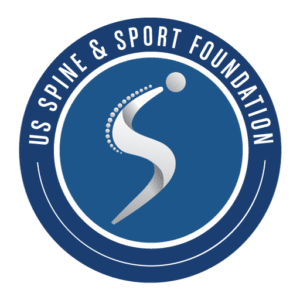Electromyographic activity of the trunk extensor muscles: Effect of varying hip position and lumbar posture during Roman chair exercise.
Mayer JM, Verna JL, Manini T, Mooney V, Graves JE. Arch Phys Med Rehabil (in press).
Objective: To evaluate the effect of hip position and lumbar posture on the surface electromyographic (EMG) activity of the trunk extensors during Roman chair exercise.
Design: Descriptive, repeated measures.
Setting: University-based musculoskeletal research laboratory.
Participants: Twelve healthy volunteers (7 male, 5 female; age 18 – 35 years) without a history of low back pain who were recruited from a university setting.
Intervention and Outcome Measures: Surface EMG activity was recorded from the lumbar extensor, gluteal, and hamstring musculature during dynamic Roman chair exercise. For each muscle group, EMG activity (mV/rep) was compared among exercises with internal hip rotation and external hip rotation and among exercises using a typical lumbar posture (non bi-phasic) and a posture that accentuated lumbar lordosis (bi-phasic).
Results: For the lumbar extensors, EMG activity during exercise was 18% greater with internal hip rotation than external hip rotation (p < 0.05) and was 25% greater with a bi-phasic posture than a non bi-phasic posture (p < 0.05). For the gluteals and hamstrings, there was no difference in EMG activity between internal and external hip rotation or between bi-phasic and non bi-phasic postures (p > 0.05).
Conclusion: This study indicates that the level of recruitment of the lumbar extensors can be modified during Roman chair exercise by altering hip position and lumbar posture. Clinicians can use these data to develop progressive exercise protocols for the lumbar extensors with a wide variety of resistance levels without the need for complex equipment.
